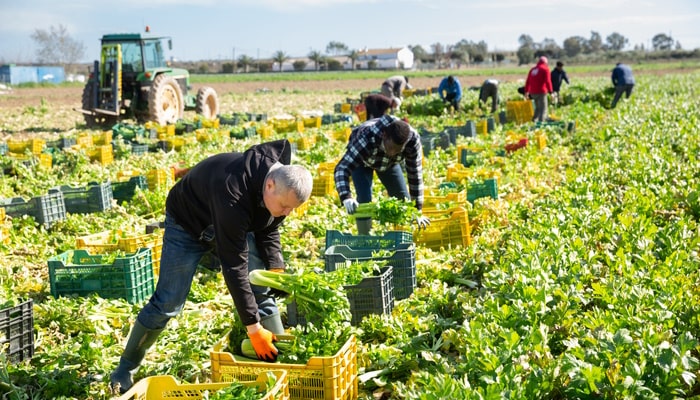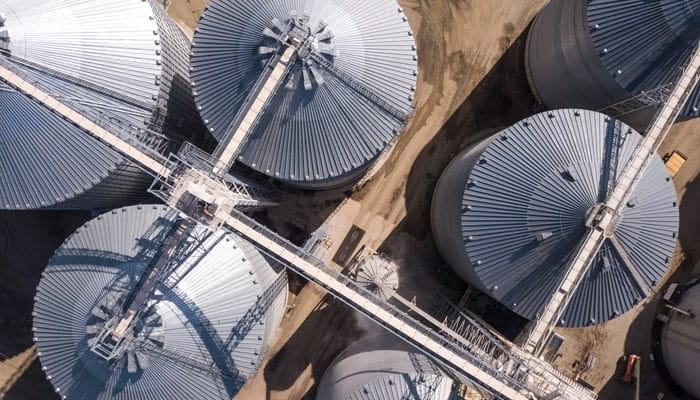
5 Trends to Watch in Agribusiness Technology
Agriculture has undergone significant technological advancements in recent years, and the trend is set to continue as the industry turns to technology to optimize processes and reduce costs. In this article, we discuss five trends that are expected to shape the agribusiness technology landscape in 2024.
- Generative Artificial Intelligence (GEN AI): This technology helps optimize processes, cut costs, and fuel innovations through improved modeling to assist with decision-making. Crop management can be enhanced by analyzing big agronomic data, providing insights that can optimize production practices, helping farmers understand patterns affecting the performance of crop varieties and production, and tracking climate trends to help farmers become more resilient to climate challenges.
- Optimizing Field Trials with Digital Twins: A digital twin is a digital model or virtual representation of a physical product, system, or process. Increased integration of digital twins into field tests and field test planning will allow researchers and designers to experiment as though handling the actual physical counterpart, reducing the need for expensive and time-consuming field trials.
Based on real-world data, these virtual trials can supplement data gaps and significantly reduce time, cost, and effort in bringing new agricultural products to market. The result is a competitive edge for agricultural input suppliers seeking regulatory approval or seed companies that rely heavily on experimentation to improve their seed genetics. - Regenerative Agriculture: Regenerative agriculture aims to improve soil health to boost yields. Digital tools use accurate and current data to create tailored regenerative agriculture solutions that consider soil conditions, weather conditions, microclimates, current crop growth or land use, individual budgets, and local regulations. The site-specific data platforms will enable the establishment of realistic and actionable objectives for growers while promoting sustainability and formulating strategies tailored to local environments.
- Advance Cloud Solutions for Managing Data: Cloud applications span every aspect of agriculture, optimizing crop management, soil insights, multi-season crop monitoring and analysis, and leveraging local knowledge for decision-making. The amount of data collected on the farm is expected to increase by more than 800% in the next ten years. Cloud tools enabling real-time access to field trial data will reduce the trial duration and cost by increasing the volume and scope of the trials.
- Innovation Transformation: This year, we will see agribusiness using technology to make progress in climate-resilient crop development. The data that has been collected is now ready to be used to empower farmers to measure the return on investment of new production technologies, helping drive even more innovation in food production.
The trends discussed above offer a glimpse into what the future holds for agriculture and how technology can be leveraged. More details on these five trends can be found here: 2024 AgTech Predictions: 5 Trends To Watch | AgWeb.

Related articles

Even before the longstanding labor market crunch, farms had difficulty recruiting domestic workers for farm work. This resulted in farms increasingly turning to the H-2A visa program to get...

Grain Bin Safety Week, sponsored by Nationwide Agribusiness and supported by AssuredPartners Agribusiness and many other industry partners nationwide, occurs each year on the third full week of...

If you are like most companies, you have projects to keep your employees busy during your slow times. This work is considered non-routine work as it may only be done by most employees once or twice a...